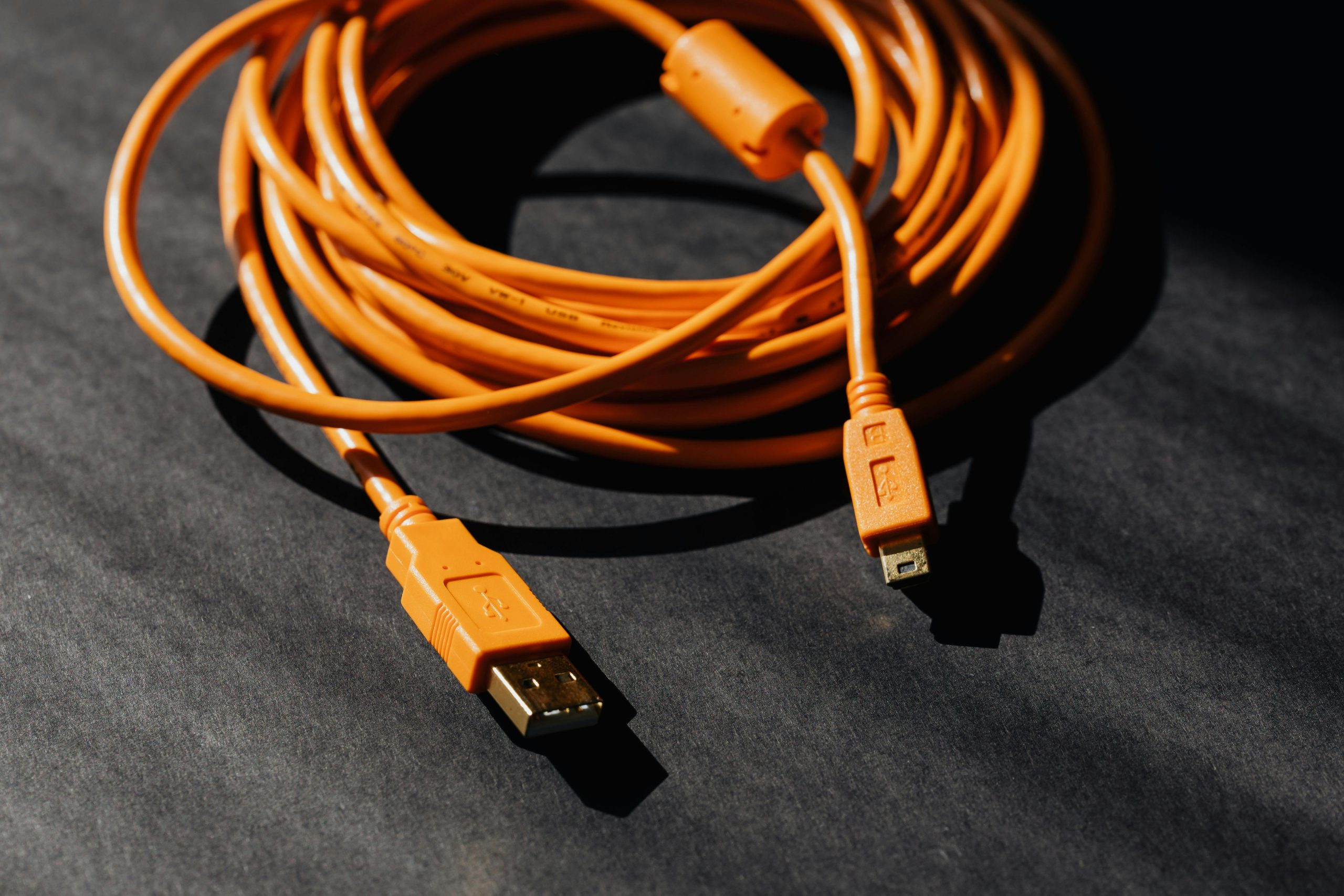Understanding Laptop Battery Issues Despite a Healthy Battery Status: A Case Study
In the world of portable computing, users often encounter perplexing hardware and software symptoms that can be challenging to diagnose. Recently, I experienced a series of unusual events with my Lenovo LOQ 15IAX9, prompting a deeper investigation into the nature of battery health and device troubleshooting. This article explores my experience and offers insights into similar scenarios.
The Incident: Unusual Smell and Overheating
A few days ago, I detected an odd burning smell emanating from my room. Investigating the source, I discovered that a low-quality cooling pad connected to my laptop was extremely hot to the touch. Suspecting it was the culprit, I promptly disconnected the cooling station, assuming it was responsible for the smell and potential damage.
Subsequent Charging and Performance Problems
Shortly after disconnecting the cooling device, I attempted to charge my laptop. Surprisingly, the laptop did not charge, and removing the power adapter caused the system to shut down unexpectedly. Additionally, I observed a decline in performance, with applications loading slowly and overall sluggishness, which was unusual for my device.
Diagnostic Results: Battery Status
To assess the battery’s condition, I used Lenovo Vantage, a trusted utility for system diagnostics. The software reported that the battery was in good condition, contradicting the symptoms of charging failure and shutdowns.
Hypotheses and Troubleshooting
Given these observations, my initial hypothesis is that the overheating cooling station caused internal damage—possibly burning a component or chip—that impacted the charging circuitry or related hardware, rather than the battery itself. This distinction is important because a healthy battery status doesn’t always guarantee proper operation if other hardware components are compromised.
Device Specifications
- Model: Lenovo LOQ 15IAX9
- Processor: Intel Core i5 12450HX
- Graphics: NVIDIA GeForce RTX 4050
Key Takeaways for Users
- Overheating peripherals can cause internal damage even if battery diagnostics indicate good health. Always monitor the temperature of accessories, especially inexpensive or poorly made cooling devices.
- When encountering charging or performance issues, consider hardware damage beyond the battery, including the charging port, motherboard, or related chips.
- Utilize diagnostic tools like Lenovo Vantage or manufacturer-specific utilities to gain accurate insights into hardware health.
- If symptoms persist after disconnecting external accessories, seek professional repair services to assess potential hardware damage.
Conclusion
This experience underscores the importance of cautious peripheral use and thorough
Share this content:



